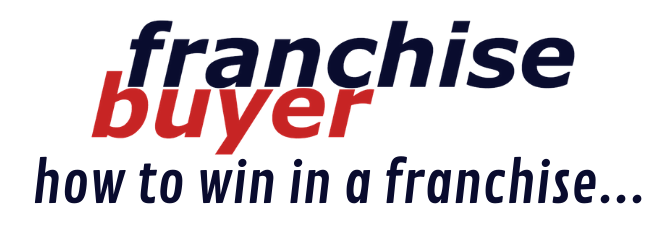September 15, 2016
The Internet of Things and retail
Over the June-July period our consumer insights division talked to some of our leading retail CEOs and CIOs regarding their digital capability investments over the next 12 months and on average an increase to the order of 30 per cent in digital capability expenditure was forecast. Retailers’ expenditure in both systems investment and digital marketing is certainly increasing. And, of course, the great challenge and opportunity is the relevance and return of that spend relative to the light speed at which this topic of digital is evolving.

Take for example the Internet of Things. I write this column as my alarm clock has woken me and notified my coffee machine to start. In driving to work this morning,my car is advising me of changing traffic conditions and advising team members of any implication to my arrival time. Simply put, this is the concept of basically connecting any device with an on and off switch to the internet and/or to each other. Globally, analysts are predicting that there will be over 100 billion connected devices by 2020 and now we start to see the implications for society from town planners to retailers through to consumer behaviour. What does this mean for apps and many “mainframe”or systems applications that our retailers are currently investing in? Anything that can be connected, will be connected, which raises new questions around data security.
New possibilities
As David Dorf, senior director of technology for Oracle Retail, notes, the IoT is, “spawning new devices and new possibilities everywhere”. “With an increasing number of connected devices, and the development of more and more smart objects on top of all the electronics we currently use in store and in-office, the potential is extraordinary,” Dorf has said.
Dorf believes that the concept of the IoT has grown exponentially over the past few years because of four things: ubiquitous and cheap wireless networks; an increase in the number of radios and sensors; growth in network addresses; and an increase in data storage availability.
Some key concepts include:
RFID: For IoT objects to connect with each other, they need to be augmented with an auto-IDtechnology, typically a RFID tag, so that the object is uniquely identifiable. RFID is a great in store weapon, as RFID tags are said to be able to increase inventory accuracy by as much as 99 per cent.
Smart TVs and connected cars: In short, these are TVs and cars equipped with internet access that can provide online interactive media. More and more of these connected devices are being introduced every day, and they will help move the IoT forward.
Wearables: These are technology devices that can be worn by consumers, and often include tracking information related to health and fitness. Wearables are among the top categories expected to take off in the IoT.
In store Sensors: With the use of in store sensors(i.e., beacons), retailers can now track consumers’ behavior instore and make unique offers at the right time to drive conversions. With beacons, retailers have a huge opportunity to create “smarter” stores and shopping experiences for consumers, thus making them a big part of the IoT movement.
Home Automation: Home automation is technology that makes household appliances, temperature controls and other electronics ‘smart’ connecting them to the web so they can be programmed to function remotely. There are now clear trends emerging as the connected consumer engages with their environment in a way that revolutionises our current thinking and in turn challenges retailers to consider their expenditure on digital technology.
Many have commented that franchising has been slow to adopt this consideration, however we see that franchisees have the most to gain from investing in a variety of digital solutions which in the long run will make their life easier, allowing them to focus on growing their business, not just running it. Get in touch to find out more.











